Introduction
The Hobbyists Guide to FPGAs is a regular blog that will constitute a book by the time it has run its course. As more log entries are added they will be added to the table of contents below. Possible future topics will be added to the table of contents without a link. New log entries will generally follow these future topics, but there are reasons why it may not always be so.
The best way to read the most up to date logs and implement the latest labs is to follow this project on hackaday.io. As each new article, tutorial, and lab is added you will receive a notification in your feed.
Table of Contents
- What are FPGAs?
- Introduction to Verilog and Combinatorial Logic
- Hands-on Lab: Combinatorial Logic
- Introduction to Sequential Logic
- State Machines
- Clocks
- Interfacing with the Outside World
 Luke Valenty
Luke Valenty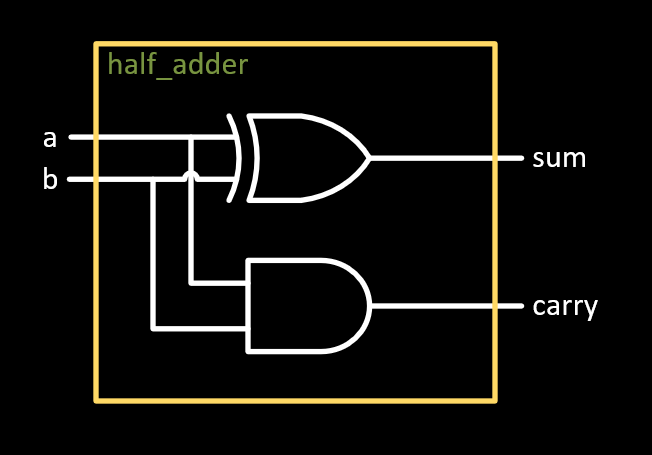
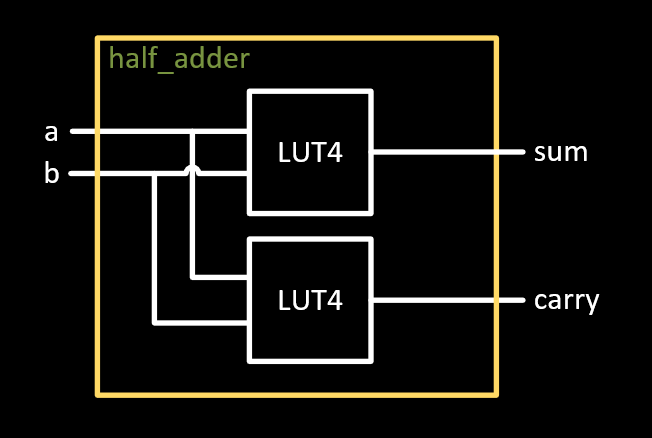
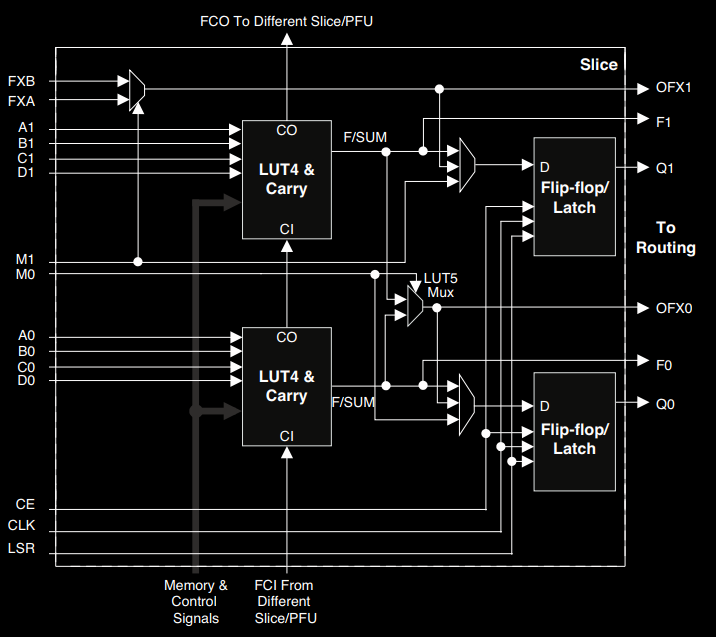 MachXO2 FPGA Logic Slice. From the MachXO2 User Guide -
MachXO2 FPGA Logic Slice. From the MachXO2 User Guide - 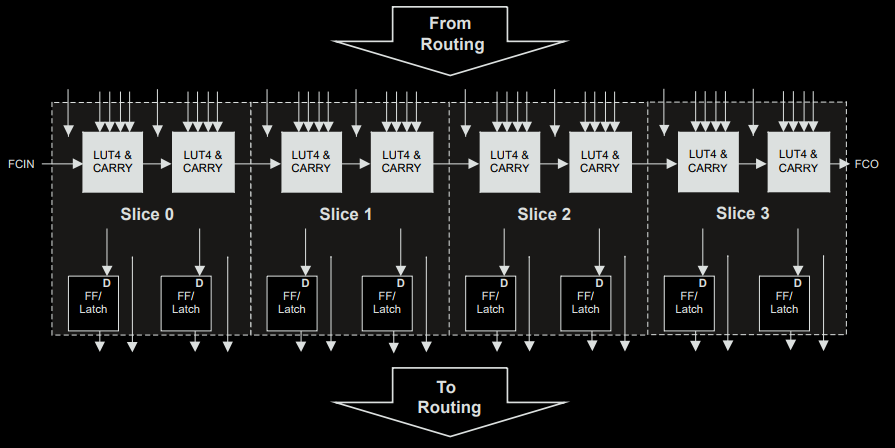 MachXO2 FPGA Programmable Function Unit. From the MachXO2 User Guide -
MachXO2 FPGA Programmable Function Unit. From the MachXO2 User Guide - 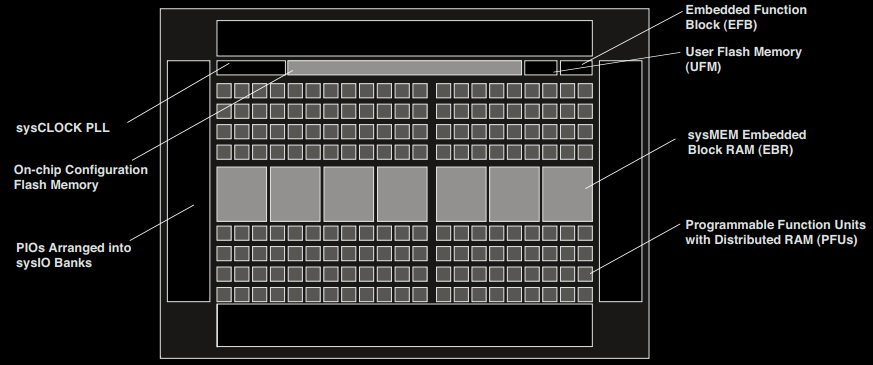 MachXO2-1200 FPGA Top View. From the MachXO2 User Guide -
MachXO2-1200 FPGA Top View. From the MachXO2 User Guide -

 Al Williams
Al Williams
 Will Long
Will Long
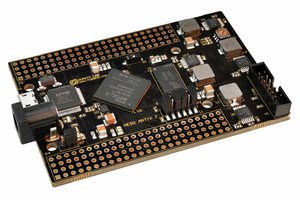
This is a very cool project, I think many students will like it.